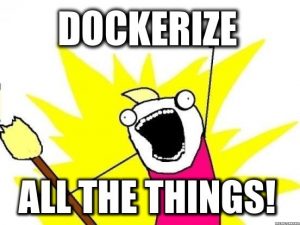
In incident response, there is a disconnect between a security alert being generated and a user’s confirmation of the security alert. For example, generating an alert every time a user runs “curl” on a production system would generate a bunch of false positives that can lead to what is called “alert fatigue”. But if we extend our incident response capabilities to include the user as part of the triage process we could reduce the number of alerts. This blog post is going to demonstrate AskJeevesSecBot which is an open-source proof of concept (POC) of how to integrate Slack and user responses into your security pipeline, specifically during the triage phase of the incident response process. In addition to a PoC, this blog post will also provide a deep dive into the architecture of this project, design decisions, and lessons learned as an evolving threat detection engineer.
Continue reading →


